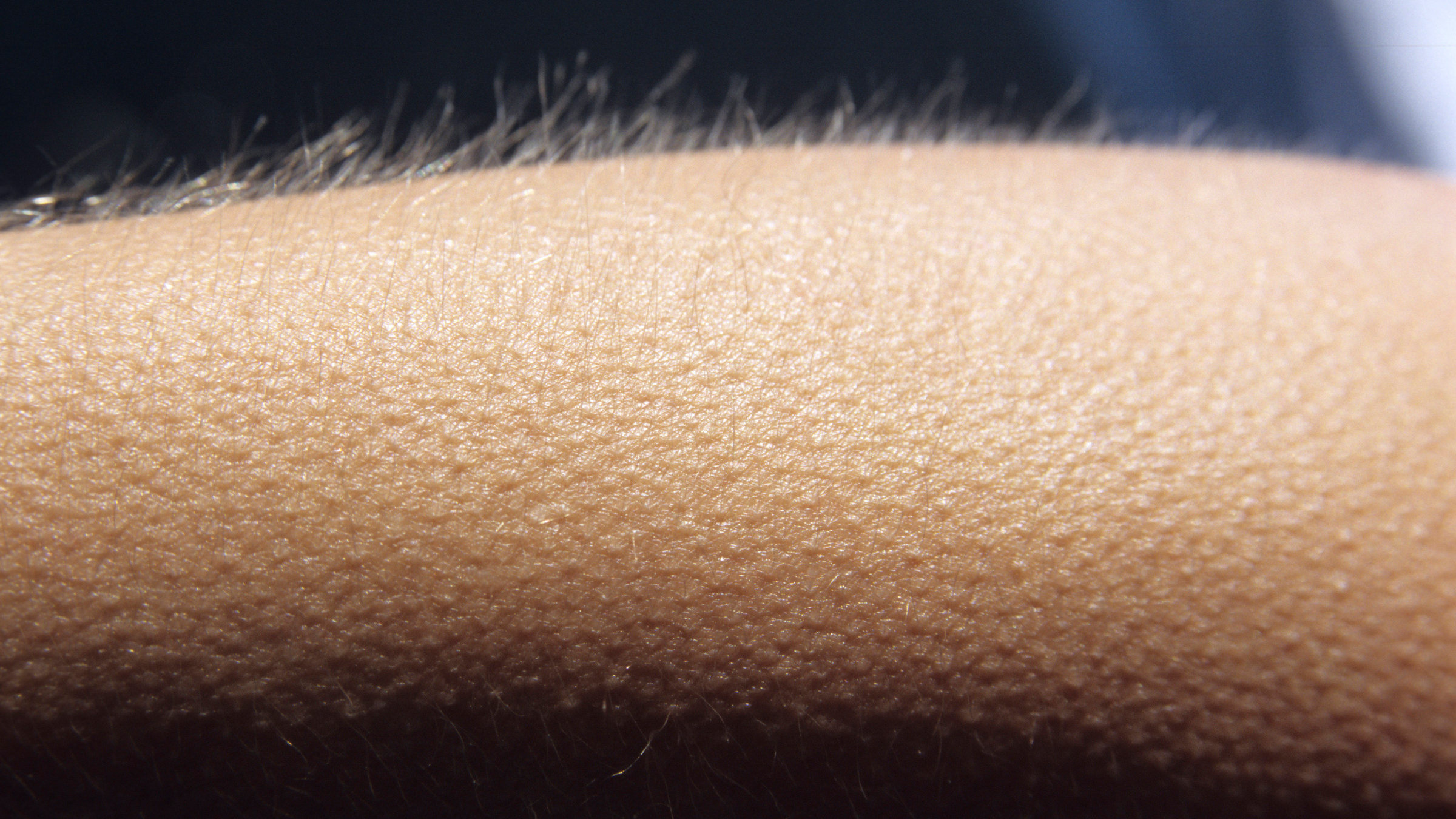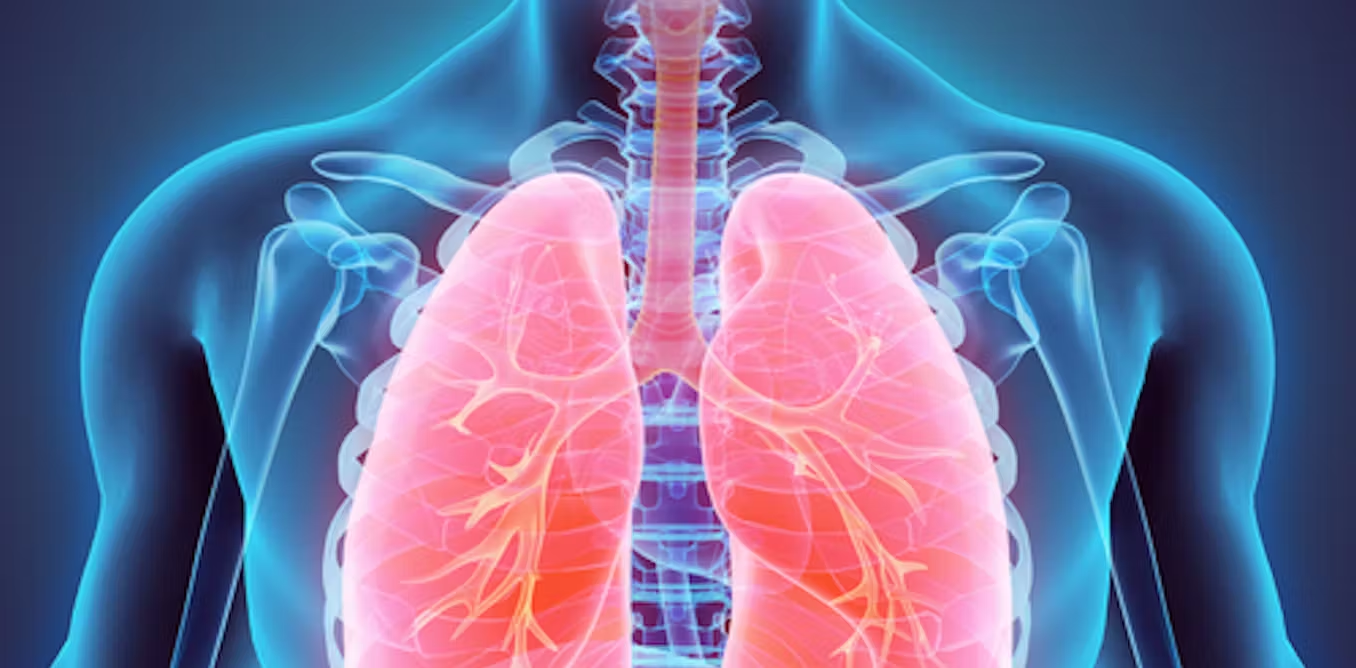Goosebumps might seem like a minor reaction to cold or strong emotions, but this small physiological response has deep evolutionary roots. Scientifically known as piloerection, goosebumps occur when tiny muscles at the base of hair follicles contract, causing hairs to stand upright. In our animal ancestors, this reaction helped create an insulating layer of air or made them appear larger in the face of danger. While less useful for modern humans, the reflex still lingers in our biology.
Researchers believe that goosebumps are tied to the body’s sympathetic nervous system, which is responsible for the “fight or flight” response. When triggered by cold or intense emotion—like fear, awe, or inspiration—the body prepares for action, leading to a surge in adrenaline that activates these tiny muscles. The same reaction explains why we might feel goosebumps while listening to powerful music or during emotional moments.
Though seemingly insignificant, goosebumps are a fascinating example of how ancient survival mechanisms persist in the modern human body. They serve as a subtle reminder of our shared ancestry with mammals and how biology often preserves traits that once served critical functions. Exploring such responses provides insight into human physiology and deepens our understanding of the body’s hidden complexities.





